Machine Economy Technology Stack
A universal sensor module-based development platform for the Artificial Intelligence of Things (AIoT). The sensor module offers a wide range of pre-tested sensors and interfaces, a robust embedded software stack, fully encrypted communication, and advanced deployment tools.
The hardware configuration consists of multiple sensors, for instance, temperature, accelerometer, magnetometer, gyroscope, air quality sensor, and ambient light sensor, and can be easily customized.

Edge Devices
This comprises the sensors, actuators, and other smart devices that either capture data (sensors), take action (actuators), or sometimes both.
- Prometheus
Prometheus is an LTE-M/NB-IoT sensor platform that consists of sensors like air quality, humidity, accelerometer, temperature, and gyroscope.
- Kallisto
Kallisto is a ready-to-use multi-sensor device which embeds sensing, data processing, energy management, and Bluetooth in an IP65 enclosure.
- Ganymed
Ganymed® provides multiple sensors and is a powerful RISC-V-based development platform delivered as a system in a package (SIP).
- Voyager
Voyager is a multifunctional gateway that supports M-Bus, wired M-Bus, OMS, Modbus, BACnet, and AMR and has expandable radio/cable interfaces.
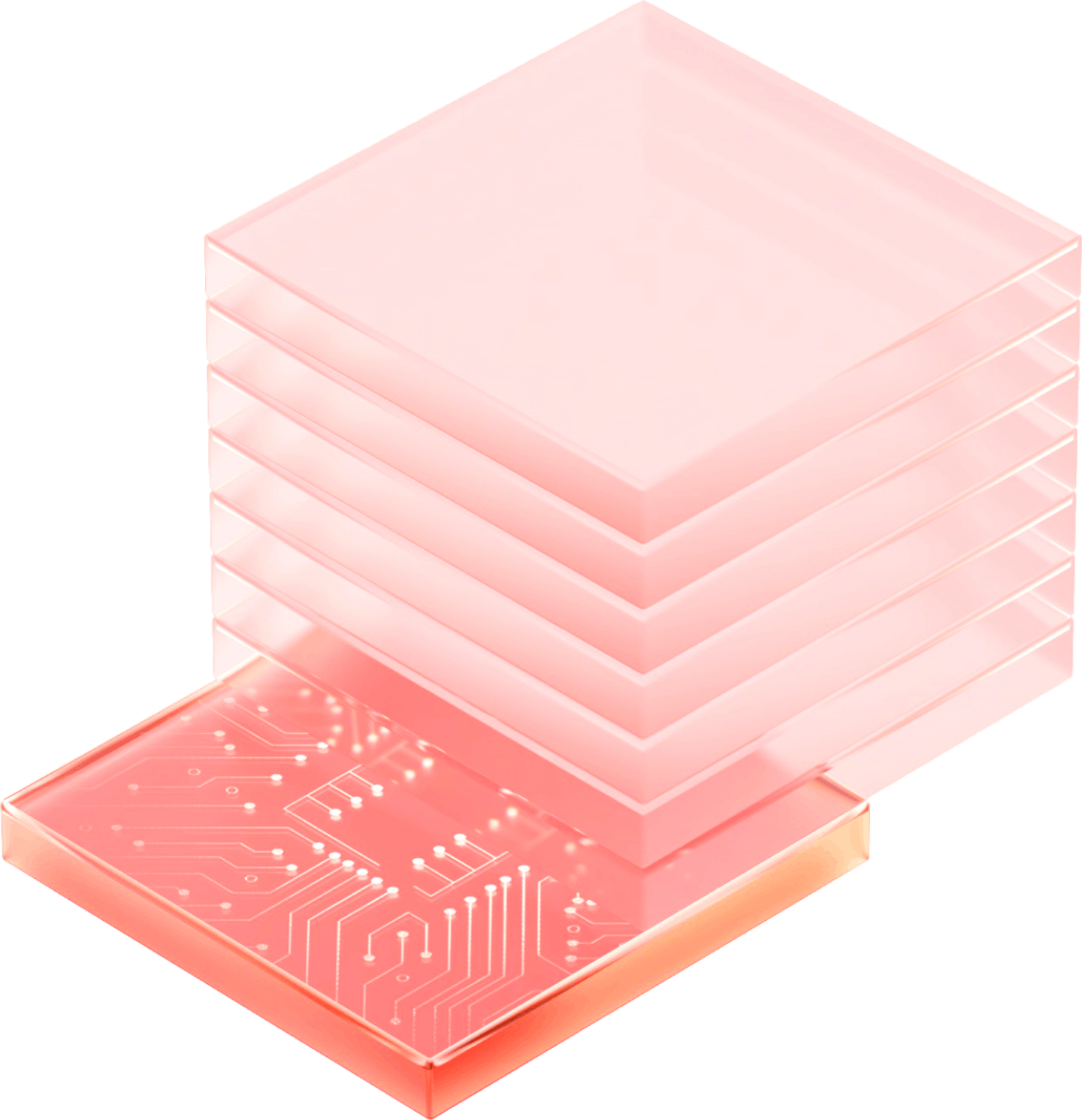
Communication Standards
This comprises the network devices, communications types, and protocols that carry and transmit the info collected from the sensors.
- LTE Cat M1 / NB-IoT
Defines a low-power wide-area network (LPWAN) radio technology standard with higher bandwidth developed for cellular devices and services.
- LoRa WAN
Defines a long-range wide area network and means or enables energy-efficient data transmission over long distances — ideal for uplink communication.
- Bluetooth
Defines a short-range wireless technology standard that is used for exchanging data between fixed and mobile devices over short distances.
- Ethernet / WiFi
Defines a wireless network protocol that enables devices to communicate with each other within a set of rules or common network language.
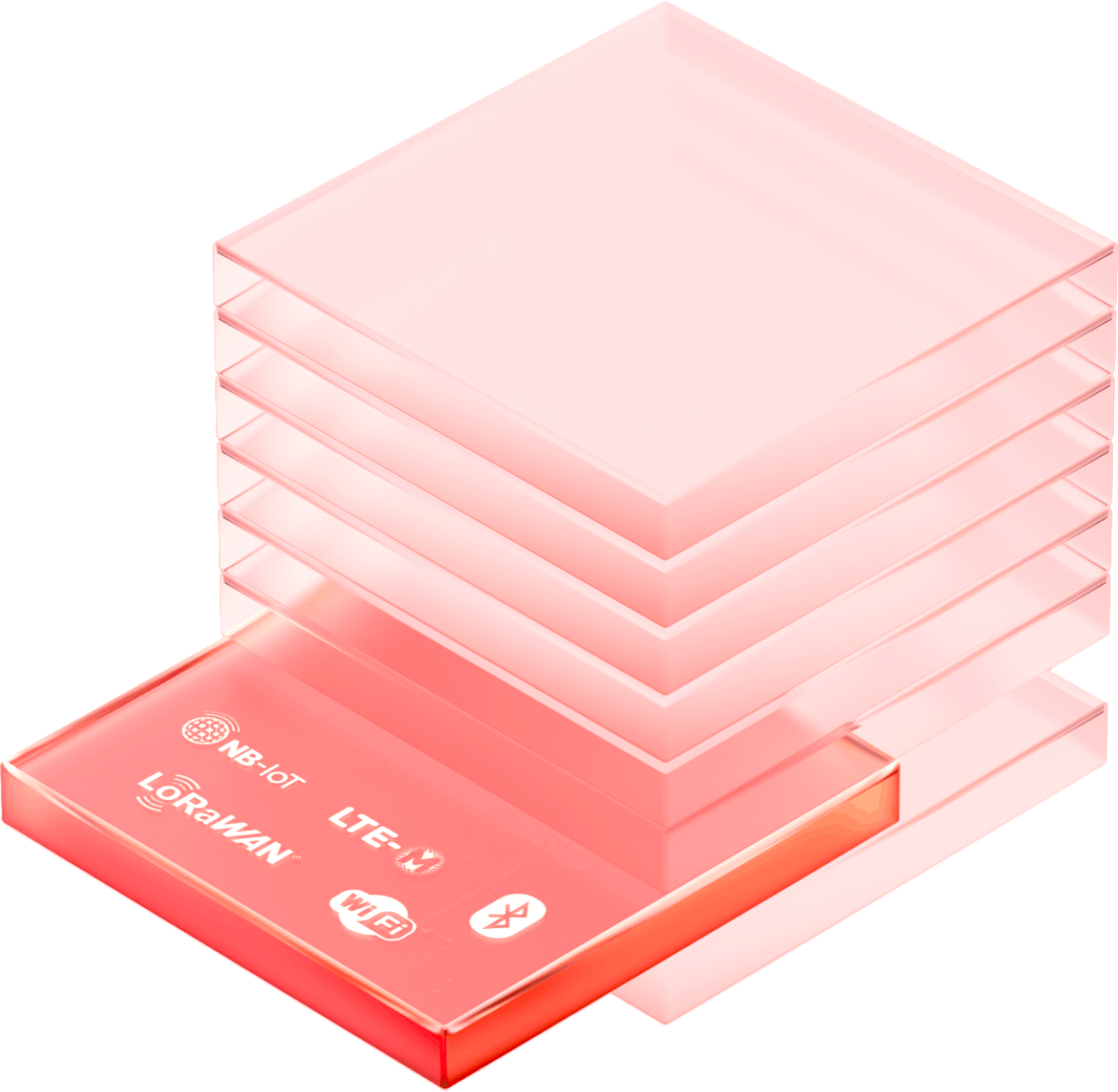
Data Flows
This comprises a database, and extensive data processing modules where data transformation occurs, such as parsing, filtering, and cleansing.
- Edge Computing
Defines the option to preprocess data on edge to minimize data transfer and improve data privacy and security. It supports low latency use cases.
- Data Pipelines
Defines how data is loaded into the platform, processed, and delivered to downstream components. It’s flexible and scalable.
- Event Management
Defines and describes a flow of events generated by a particular application or module. Dedicated pipelines can manage those events.
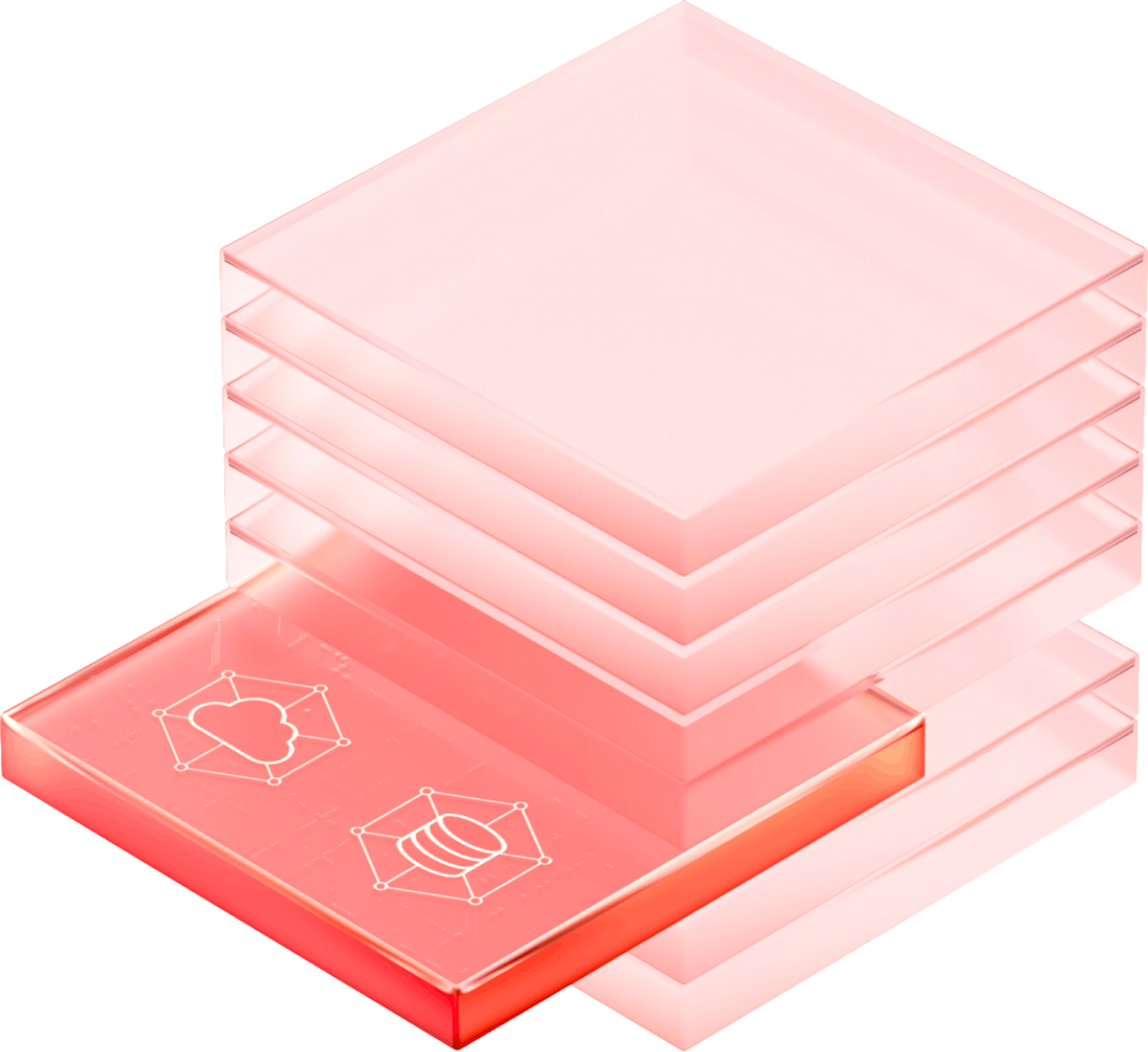
Data Collection & Storage
This comprises a hot, warm, and cold storage database to collect and store billions of data points for reuse and processing and to meet scalability.
- Time Series Database
Defines the data processed in high volume and stored in time series databases to make analysis and further processing more accessible and faster.
- Secure Long Term Cold Storage
Defines data that is kept for a more extended period cost-effectively and reliably. When you need to reuse it, you can retrieve it from the cold storage.
- Caching
Defines the frequently accessed high-speed data stored in the Cache DB to complete the data processes quickly and cost-effective.
- Remote Schemas
Defines the ability to fetch data from a third-party resource, make an additional calculation and then write it to the database.

Data Formation & Access
This comprises the data aggregation to analyze the data provided by sensors to convert it into various forms and deliver it to users and applications.
- Digital Twin
Defines a virtual copy of your physical device that can be configured in advance to simulate changes' effects and deliver configuration and settings.
- Payload Transformation
Defines data that can transform into different formats and systems and make a simplified version to store and combine with existing business logic.
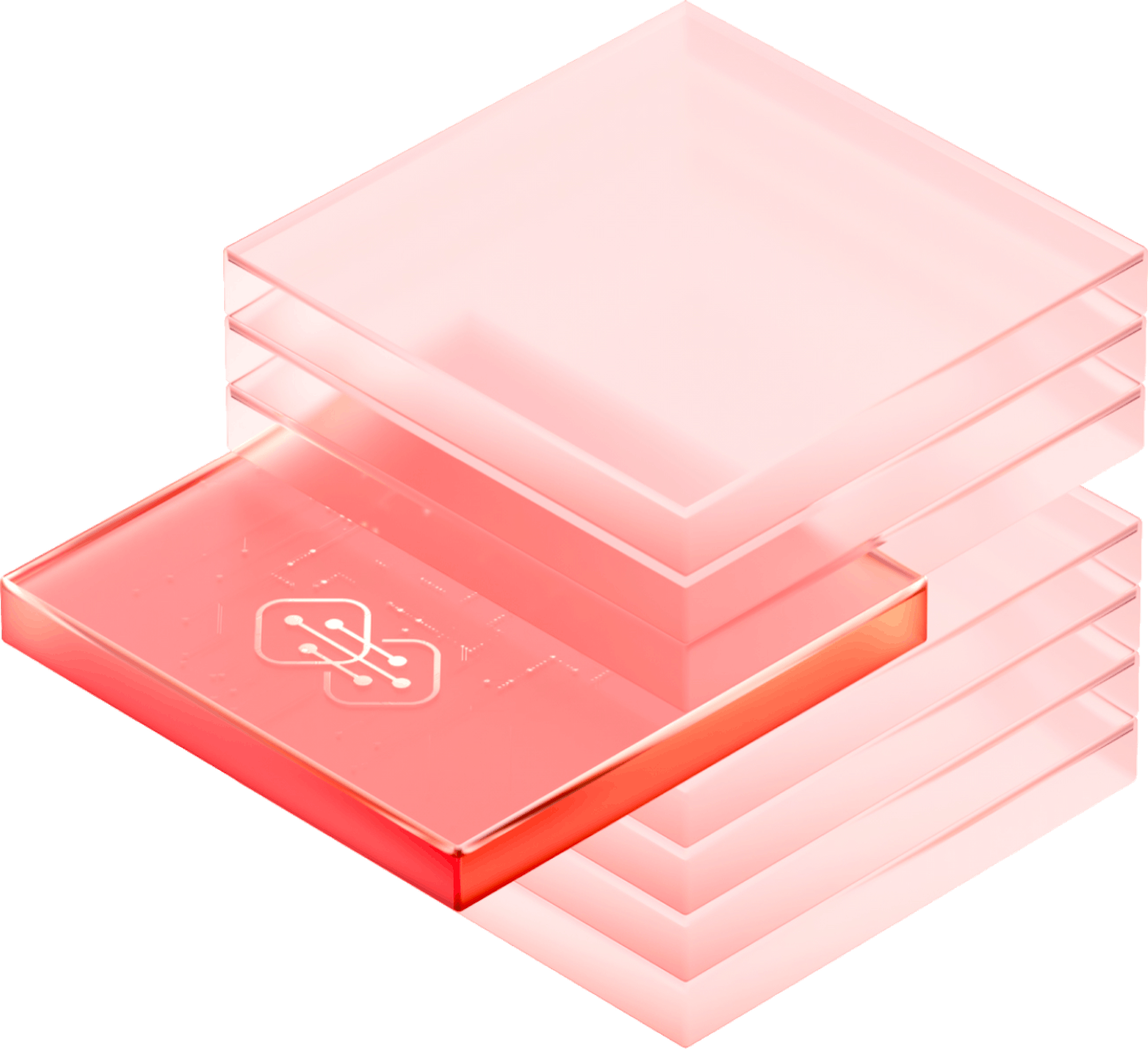
Smart Services
This comprises all relevant services that cater to the implementation and management of applications to run specific use cases quickly and efficiently.
- Device Management
Defines a comprehensive set of features to help the management of the device fleet's whole lifecycle, including software and configuration.
- Subscription & Billing
Defines various billing models to implement innovative digital business models, e.g., time and usage-based or pay-per-output concepts.
- Alarming & Notification
Defines practices and actions that can be selected and permits the monitoring of alarms of specific devices based on distinct data streams.
- Workflow
Defines the workflow automation system to generate messages, notifications, and documents based on the required business rules and actions.

Dynamic Applications
This comprises apps that deliver functionality from the infrastructure to the business and manage, monitor, and analyze all sensors and devices.
- Dashboarding
Defines real-time monitoring and visualization of data from sensors and devices. Using standardized as well as customized reports and dashboards.
- AI Analytics
Defines processes of identifying, interpreting, and communicating meaningful data patterns to predict outages and maintenance needs.
- Monitoring
Defines the process of discovering, monitoring, and managing your connected devices, including providing localization services.
- Asset Management
Defines the creation and maintenance of use case-specific assets to merge them with the asset management of the respective application.

Business Integration
This comprises collaboration to rapid enterprise application integration to exchange master and transactional data with all relevant applications.
- IPaaS Integration
Defines the process and data flow automation with external systems and low code integration with more than 700 relevant enterprise IT applications.

Machine Economy Technology Stack

Edge Devices
- Prometheus
- Kallisto
- Ganymed
- Voyager
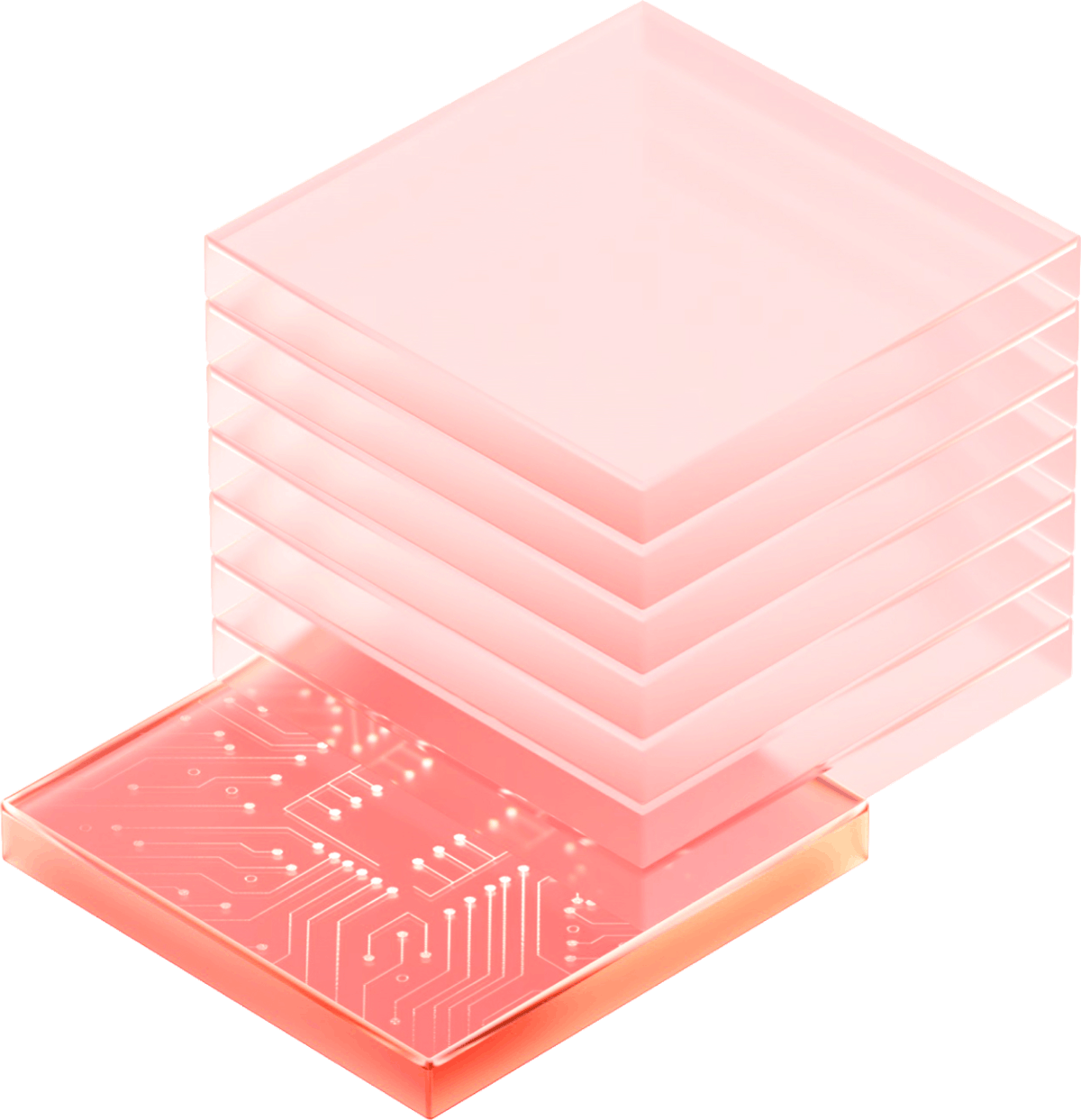
Communication Standards
- LTE Cat M1 / NB-IoT
- LoRa WAN
- Bluetooth
- Ethernet / WiFi
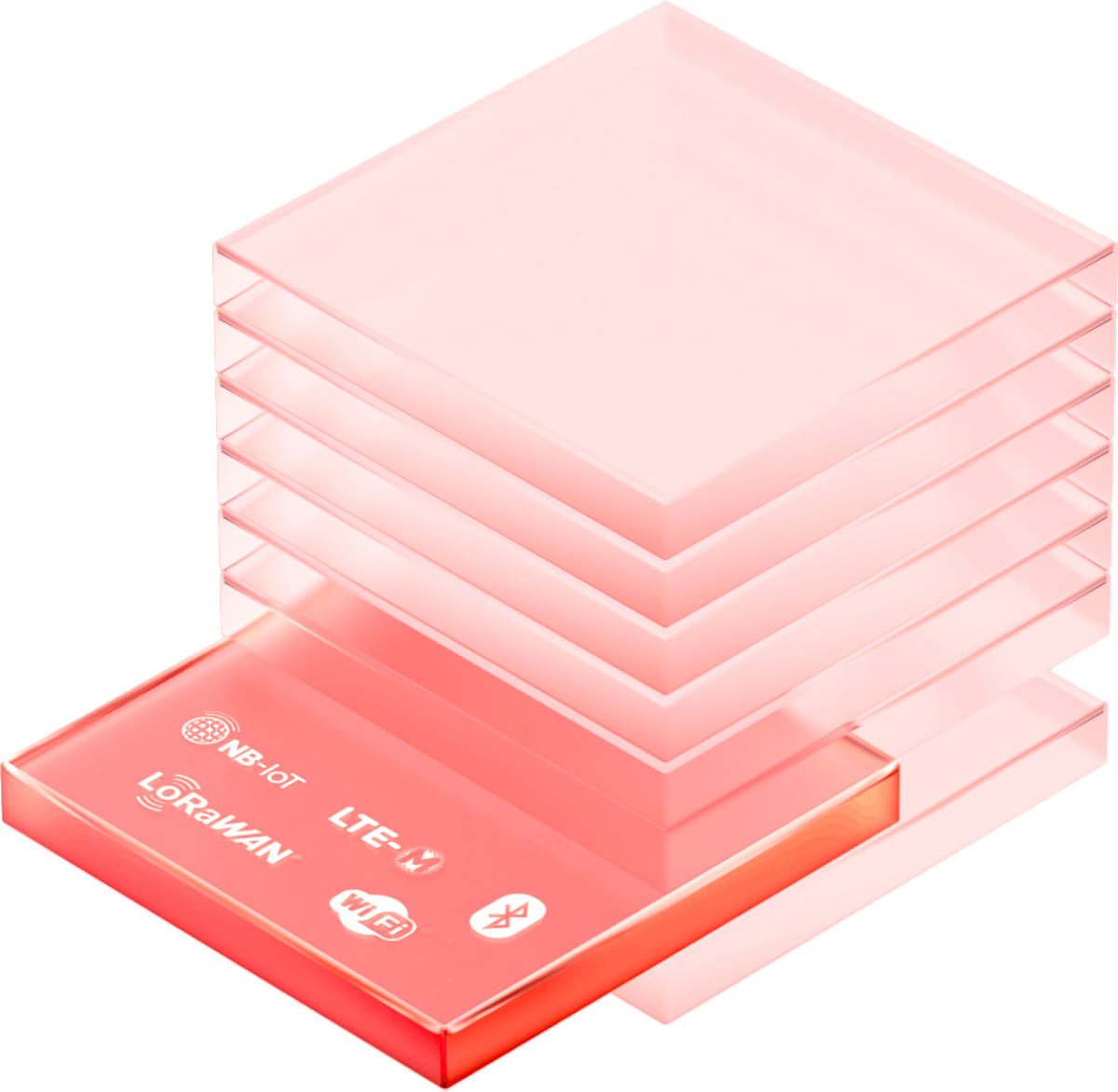
Data Flows
- Edge Computing
- Data Pipelines
- Event Management

Data Collection & Storage
- Time Series Database
- Secure Long-Term Cold Storage
- Caching
- Remote Schemas

Data Formation & Access
- Digital Twin
- Payload Transformation
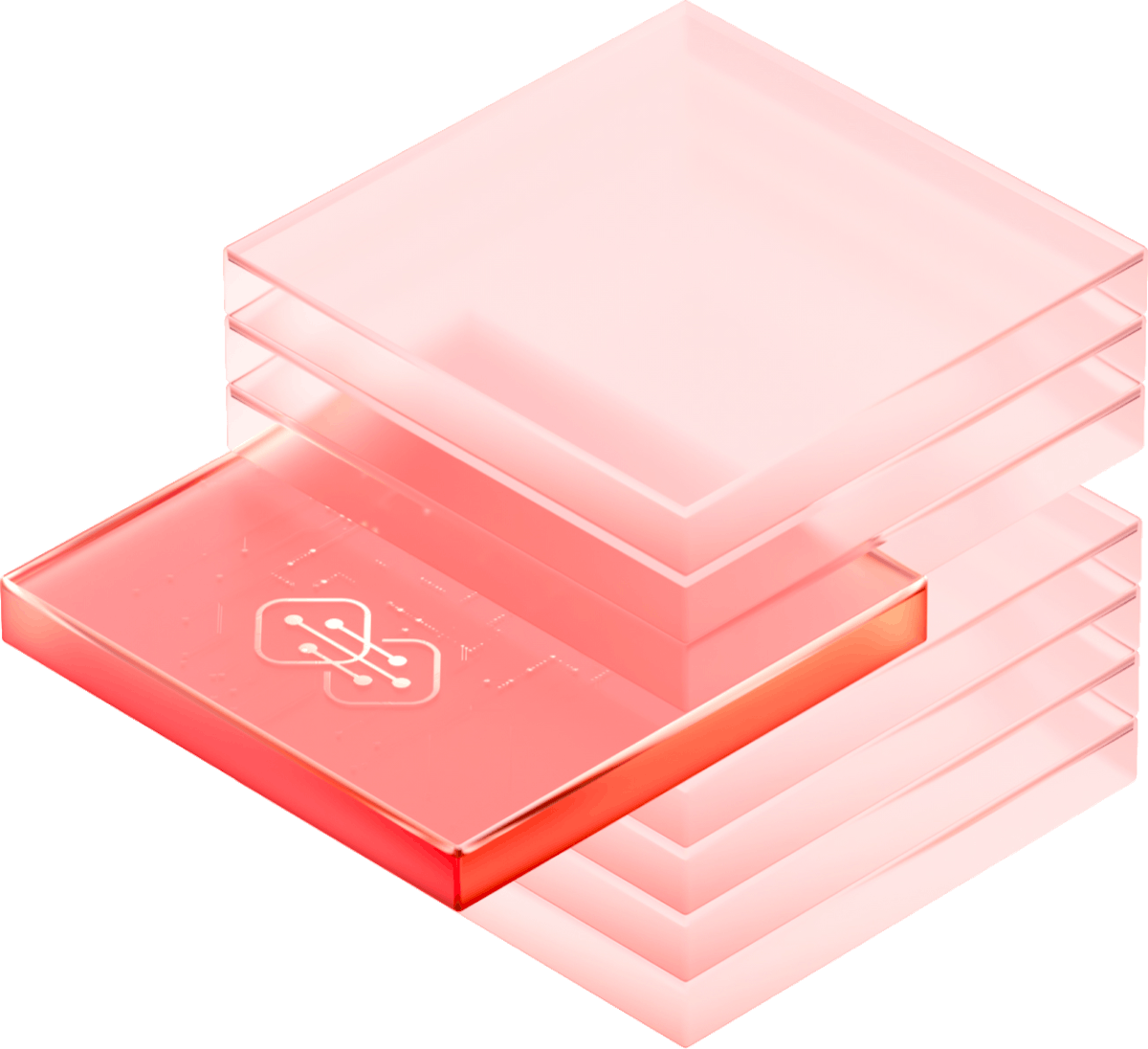
Smart Services
- Device Management
- Subscription & Billing
- Alarming & Notification
- Workflow

Dynamic Applications
- Dashboarding
- AI Analytics
- Monitoring
- Asset Management

Business Integration

Cross cutting functions to enable trustworthiness
Connectivity
Identifiability
Trustworthiness
Security
Safety
Privacy
Resilience
Reliability
We're here to help you at every stage of development
Commercialize your idea
Deploy your product at scale
